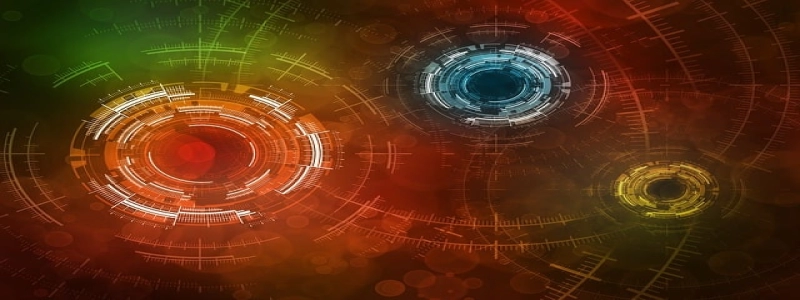Why is it difficult to observe at infrared wavelengths?
Introduction:
In the field of astronomy, observing objects at different wavelengths provides valuable insights into the nature of the universe. One such wavelength range that has proven to be challenging for observation is the infrared spectrum. Infrared wavelengths, ranging from 0.7 to 300 micrometers, offer unique advantages and challenges compared to other wavelengths. In this article, we will explore the reasons why it is difficult to observe at infrared wavelengths and the implications it has on our understanding of the cosmos.
I. Atmospheric Absorption:
One of the key challenges in observing at infrared wavelengths is the Earth’s atmosphere’s strong absorption of infrared radiation. Water vapor and certain gases in the atmosphere, such as carbon dioxide and methane, absorb a significant amount of infrared light. This absorption reduces the amount of infrared radiation reaching ground-based telescopes, making it difficult to detect faint infrared sources. To mitigate this effect, astronomers often place telescopes in high-altitude locations or use airborne or space-based observatories where the atmosphere’s attenuation is significantly reduced.
II. Instrumentation:
Another difficulty in observing at infrared wavelengths lies in the design and construction of sensitive infrared detectors. Infrared detectors must operate at extremely cold temperatures to reduce their own thermal background radiation, which would otherwise overwhelm the faint infrared signals from celestial objects. Cooling systems, such as liquid nitrogen or helium, are employed to achieve the necessary low temperatures. These cooling systems add complexity and cost to infrared instruments, making them challenging to develop and maintain.
III. Background Noise:
In addition to overcoming atmospheric absorption and using specialized detectors, astronomers must also contend with high levels of background noise when observing in the infrared spectrum. Both natural and artificial sources produce thermal radiation, which contributes to the background noise in infrared observations. This noise can mask faint infrared signals, limiting the sensitivity and resolution of the observations. Scientists employ various techniques, such as image differencing and sophisticated data analysis, to mitigate the effect of background noise and extract meaningful information from infrared observations.
IV. Interference from Solar System Objects:
Observing at infrared wavelengths can be further complicated by interference from objects within our solar system. The Sun, Moon, and planets emit a significant amount of infrared radiation. When observing objects located near these bright infrared sources, the faint signals from the celestial objects can be drowned out. Researchers meticulously plan their observations, taking into account the positions and phases of solar system objects to minimize their impact on the targeted observations.
Conclusion:
Infrared observations offer a unique window into the cosmos, revealing the cooler regions of the universe and providing essential information about the composition and physical processes of celestial objects. However, numerous challenges, such as atmospheric absorption, instrumentation limitations, background noise, and interference from solar system objects, make observing at infrared wavelengths difficult. Overcoming these challenges requires the development of advanced technologies and innovative observation strategies. By addressing these difficulties, scientists continue to unlock the mysteries of the universe hidden within the infrared spectrum.







